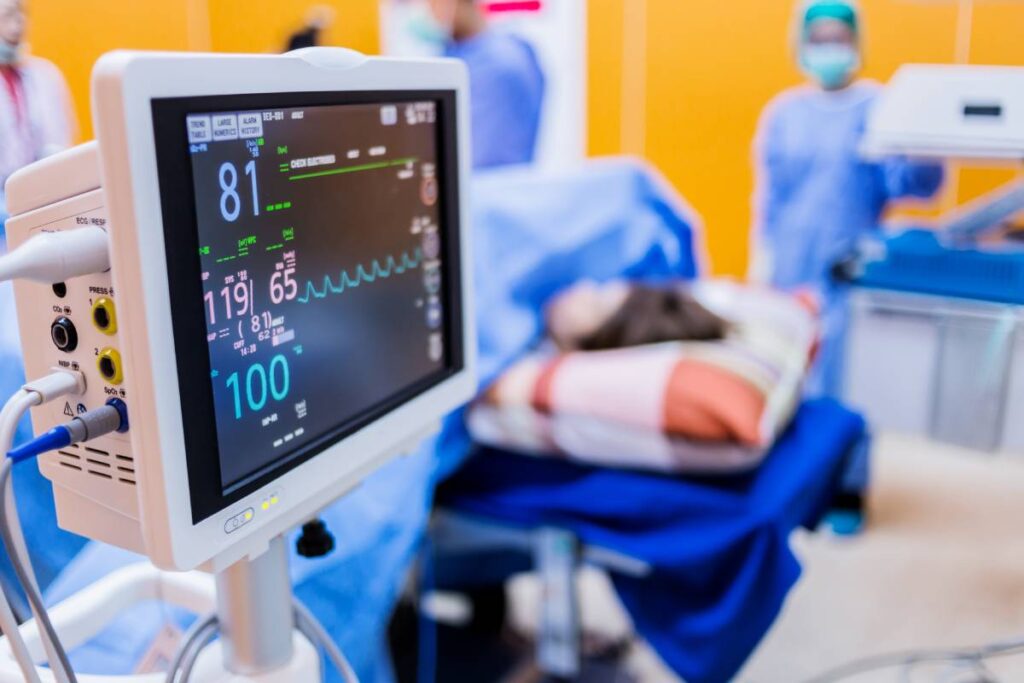Anesthesiology is often acknowledged as the leading medical specialty in addressing issues of patient safety (Gaba, 2000). The first public demonstration of general anesthesia took place at Massachusetts General Hospital in 1846 and resulted in much fanfare (Wildsmith, n.d.), but the potential risks of anesthesia were recognized soon after when in 1849, physician John Snow published a case study of the 1848 death of Hannah Greener, a 15-year-old girl who was administered chloroform for a toenail removal and went into cardiac arrest (Methangkool et al., 2020). In 1954, a report from the Annals of Surgery estimated the rate of anesthesia-related mortality to be at 64 deaths per 100,000 procedures (Methangkool et al., 2020; Beecher, 1954). By the 1970s and 80s, the cost of malpractice insurance for anesthesiologists in the United States had reached new heights and was “at risk of becoming unavailable” (Gaba, 2000). This malpractice crisis galvanized the profession at all levels to address issues of patient safety under anesthesia in their research and practice, leading to the robust efforts and changes in recent history.
Since the late 1970s, several strategies have been adopted to improve anesthesia patient safety. A landmark 1978 study led by Dr. Jeffrey Cooper (a bioengineer who devoted much of his career to anesthesia-related work) used the airline industry’s “critical incident analysis” technique to better understand anesthesia-related events and mishaps in the operating room (Eichhorn, 2018). The publication was the first of a series of papers that addressed anesthesia patient safety, inspiring myriad investigations and further research. In the 1980s, “practice parameters” were developed and popularized – these were standards and guidelines for the “diagnosis, management, and treatment of specific clinical problems” (Gaba, 2000). The first set of basic monitoring standards was developed at Harvard Medical School, and similar ones were adopted later by the American Society of Anesthesiologists (Eichhorn et al., 1986). These parameters included basic requirements like ventilation assessment, the use of electrocardiographic monitoring, and the continued presence of a qualified anesthesia provider. The application of new technologies to clinical challenges within the field of anesthesiology was another change that improved anesthesia patient safety. Technological innovations in patient safety in the 1980s and 1990s lead to the widespread adoption of monitoring technology such as pulse oximetry and capnography (analysis of carbon dioxide concentration in exhaled breath). Additionally, the founding of the Anesthesia Patient Safety Foundation (APSF) in 1985 institutionalized and further legitimized patient safety as a topic of professional concern (Stoelting, 2008).
Improvements in monitoring and technology have substantially reduced the risk of adverse events like those that occurred in the first 150 years of anesthesiology’s history, driving better patient safety. The field has seen major strides in the improvement of patient safety, but there is still more to be done. Recently, anesthesia patient safety research has expanded from its focus on mortality to “the entire episode of care” (Methangkool et al., 2020). Registries and reporting systems like the National Anesthesia Clinical Outcomes Registry and the Anesthesia Incident Reporting System have been established (Methangkool et al., 2020); advancements in communication between anesthesiologists, surgeons, primary care physicians, and other specialists also continue to improve patient safety.
References
Beecher, H. K., & Todd, D. P. (1954). A study of the deaths associated with anesthesia and surgery: Based on a study of 599,548 anesthesias in ten institutions 1948-1952, inclusive. Annals of Surgery, 140(1), 2–35. https://doi.org/10.1097/00000658-195407000-00001
Eichhorn, J. H. (2018). History of Anesthesia Patient Safety. International Anesthesiology Clinics, 56(2), 65–93. https://doi.org/10.1097/AIA.0000000000000186
Eichhorn, J. H., Cooper, J. B., Cullen, D. J., Maier, W. R., Philip, J. H., & Seeman, R. G. (1986). Standards for patient monitoring during anesthesia at Harvard Medical School. JAMA, 256(8), 1017–1020.
Gaba, D. M. (2000). Anaesthesiology as a model for patient safety in health care. British Medical Journal, 320(7237), 785–788.
Methangkool, E., Cole, D. J., & Cannesson, M. (2020). Progress in Patient Safety in Anesthesia. JAMA, 324(24), 2485–2486. https://doi.org/10.1001/jama.2020.23205
Robert Stoelting. (2008, January 1). History, structure and successes of the Anesthesia Patient Safety Foundation. Hospital Healthcare Europe.
Tony Wildsmith. (n.d.). The History of Anaesthesia. The Royal College of Anaesthetists. https://rcoa.ac.uk/about-college/heritage/history-anaesthesia

